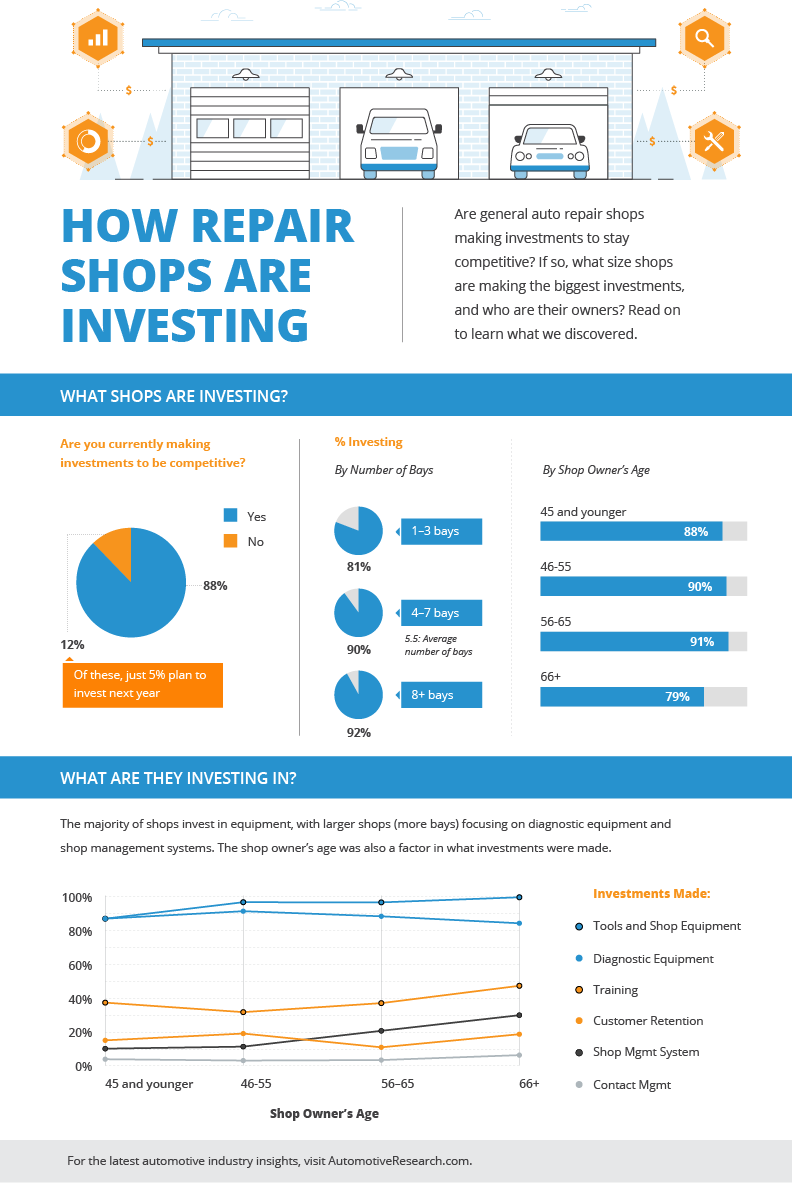Comprehending Your Vehicle'S Caution Lighting: What Do They Truly Mean?
Comprehending Your Vehicle'S Caution Lighting: What Do They Truly Mean?
Blog Article
auto repair near me Created By-McKee Ferguson
When you lag the wheel, those radiant caution lights on your control panel can be a bit difficult. Do https://www.ratchetandwrench.com/articles/12494-accelerate-your-auto-repair-shops-growth-with-autoleap understand what they're attempting to tell you concerning your vehicle's health? Comprehending the relevance of these lights is essential for your security and the longevity of your automobile. So, the following time among those lights turns up, wouldn't you want to decipher its message accurately and take the needed steps to address it?
Common Caution Lights and Interpretations
Identify usual warning lights in your auto and recognize their definitions to ensure risk-free driving.
One of the most common caution lights consist of the check engine light, which signifies concerns with the engine or emissions system. If this light begins, it's essential to have your car examined immediately.
The oil pressure warning light indicates low oil stress, calling for instant attention to avoid engine damage.
A blinking battery light may suggest a defective charging system, possibly leaving you stranded otherwise dealt with.
The tire stress surveillance system (TPMS) light informs you to low tire stress, impacting vehicle security and fuel efficiency. Ignoring this might bring about hazardous driving conditions.
The abdominal light indicates an issue with the anti-lock stopping system, jeopardizing your ability to stop rapidly in emergencies.
Last but not least, the coolant temperature level cautioning light warns of engine overheating, which can cause extreme damages if not solved swiftly.
Understanding these common caution lights will certainly assist you attend to issues quickly and preserve risk-free driving problems.
Significance of Prompt Focus
Understanding the typical caution lights in your cars and truck is just the primary step; the value of quickly addressing these warnings can't be stressed sufficient to guarantee your safety and security when traveling.
When a caution light illuminates on your dashboard, it's your cars and truck's way of interacting a potential problem that requires attention. Disregarding these warnings can result in more severe problems in the future, compromising your safety and security and potentially costing you a lot more in repairs.
Trigger attention to cautioning lights can protect against failures and accidents. For instance, a flashing check engine light might indicate a misfire that, if left unattended, can create damages to the catalytic converter. Resolving this quickly can conserve you from an expensive repair.
In a similar way, a brake system alerting light might signify reduced brake fluid or used brake pads, important parts for your safety and security when driving.
DIY Troubleshooting Tips
If you discover a warning light on your control panel, there are a few do it yourself fixing ideas you can try prior to seeking professional aid.
The first step is to consult your car's manual to understand what the details caution light suggests. Often the concern can be as simple as a loosened gas cap causing the check engine light. Tightening up the gas cap might settle the trouble.
An additional typical concern is a reduced battery, which can trigger numerous alerting lights. Inspecting the battery links for rust and ensuring they're safe and secure could fix the problem.
If a caution light lingers, you can attempt resetting it by disconnecting the car's battery for a few mins and after that reconnecting it. In addition, examining your automobile's liquid degrees, such as oil, coolant, and brake fluid, can assist repair warning lights associated with these systems.
Conclusion
Finally, recognizing your cars and truck's caution lights is essential for maintaining your lorry running efficiently and securely. By quickly addressing these notifies and recognizing what they imply, you can avoid pricey repairs and prospective malfunctions.
Remember to consult get more info and truck's guidebook for certain information on each warning light and do something about it as necessary to guarantee a hassle-free driving experience.
Remain notified, remain risk-free on the road!
